Detailed Report On Dal Mill
A Dal mill processes pulses effectively, resulting in split legumes such as lentils, chickpeas, and peas. It is an essential ingredient in Indian cuisine because it increases nutritional content and helps food security by converting raw pulses into digestible forms.
What is Dal Mill?
Detailed Report on Dal Mill is as follows.
A Dal mill is used to process various dals, including masaur, tur, urad, and chana. This technique entails milling, grinding, grading, polishing, inspecting, cleaning, producing flour, and eliminating stones and dal dust.
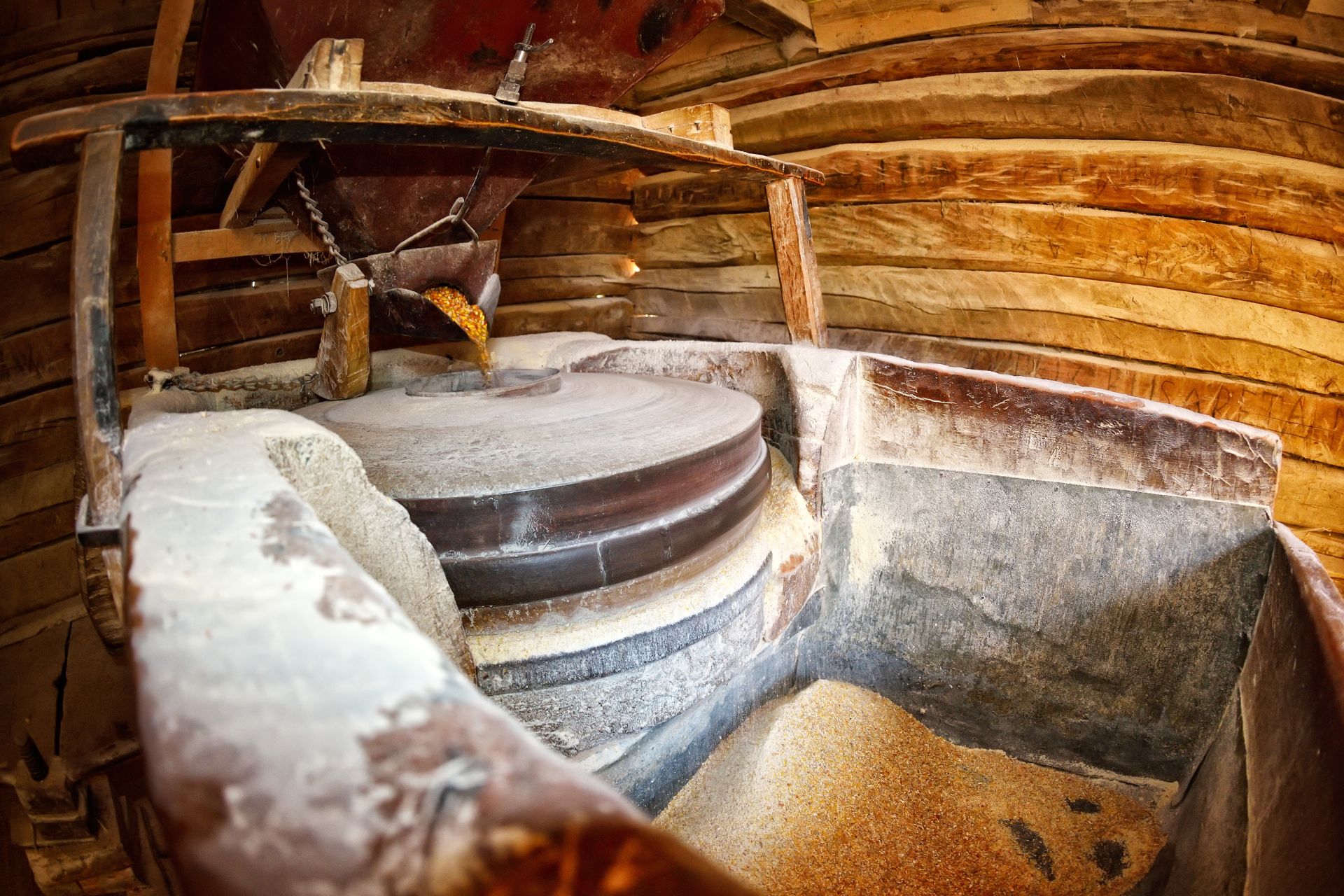
Dal is often made using pulses, rice, and chapatti. Dal, garnished with onions, tomatoes, and spices, is an essential snack in the home. All vegans consume various pulses on a regular basis, and non-vegetarians do as well. They are the primary source of protein. Pulses are used to make a variety of meals, including hot and sweet ones. Pulses make up the majority of Indian families’ diets. Dal is a dry cereal that is consumed to provide the protein requirements of a normal human being. Pulses, with their high protein content, are often combined with cereals to improve the quality of the proteins injected into the body.
Dal is a popular and commonly used culinary grain in India. Dal milling is our country’s third-largest food processing sector, following rice and wheat production. Madhya Pradesh is the state with the most dal output. The state produces 23% of the entire national production of pulses. Rajasthan, Maharashtra, Gujarat, Tamil Nadu, Odisha, Bihar, and West Bengal are some states that generate a large amount of pulses.
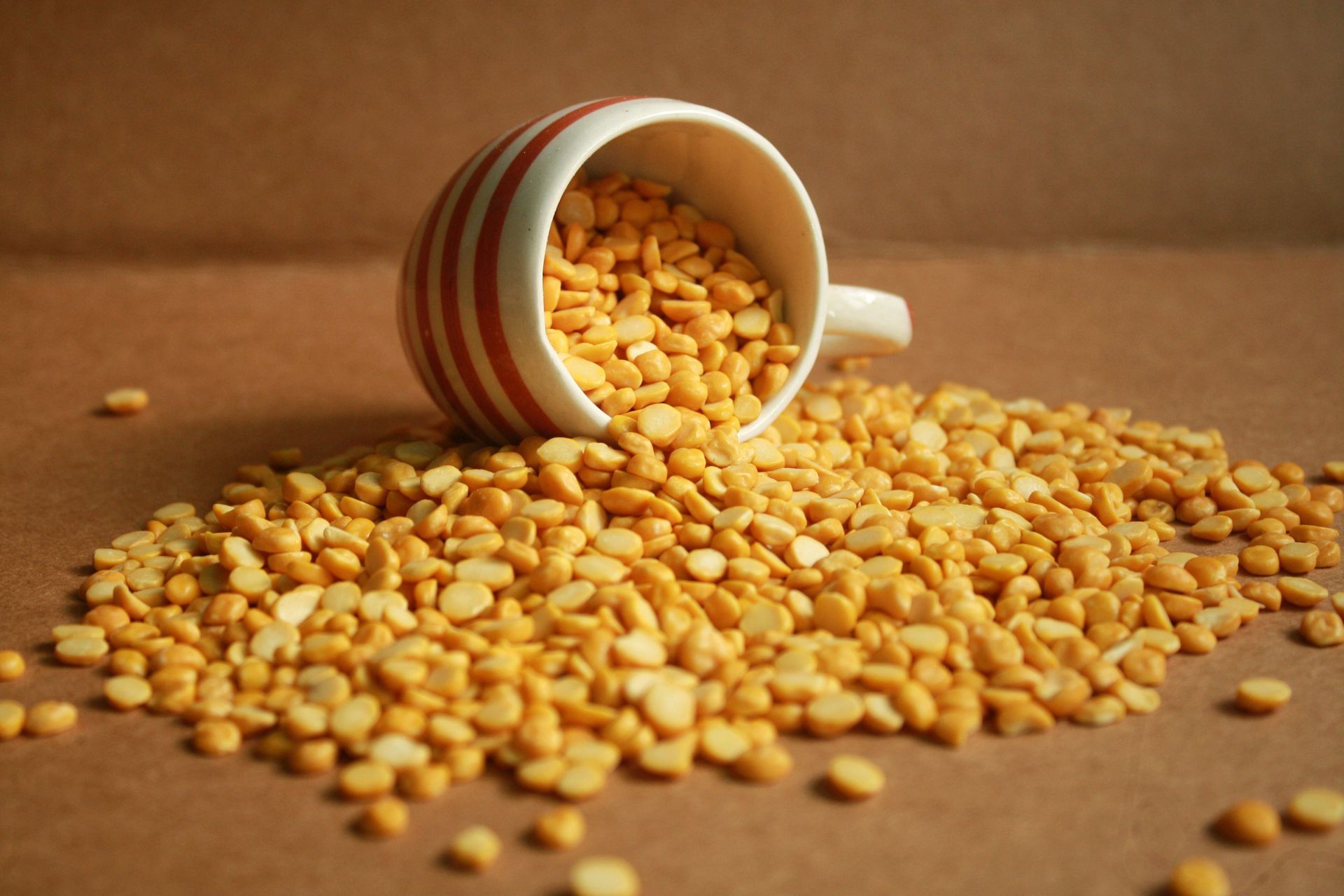
Detailed Report Sample On Dal Mill
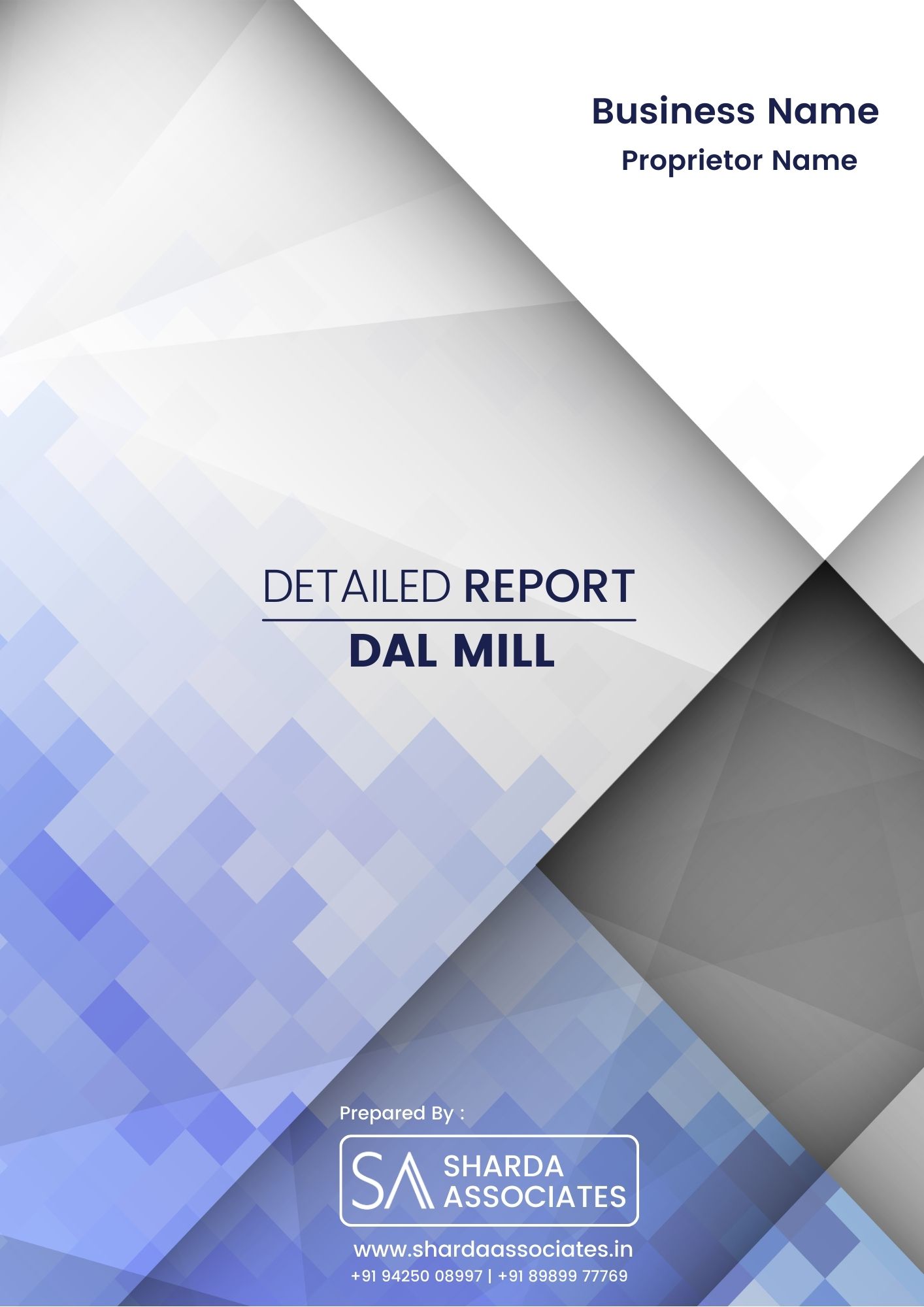
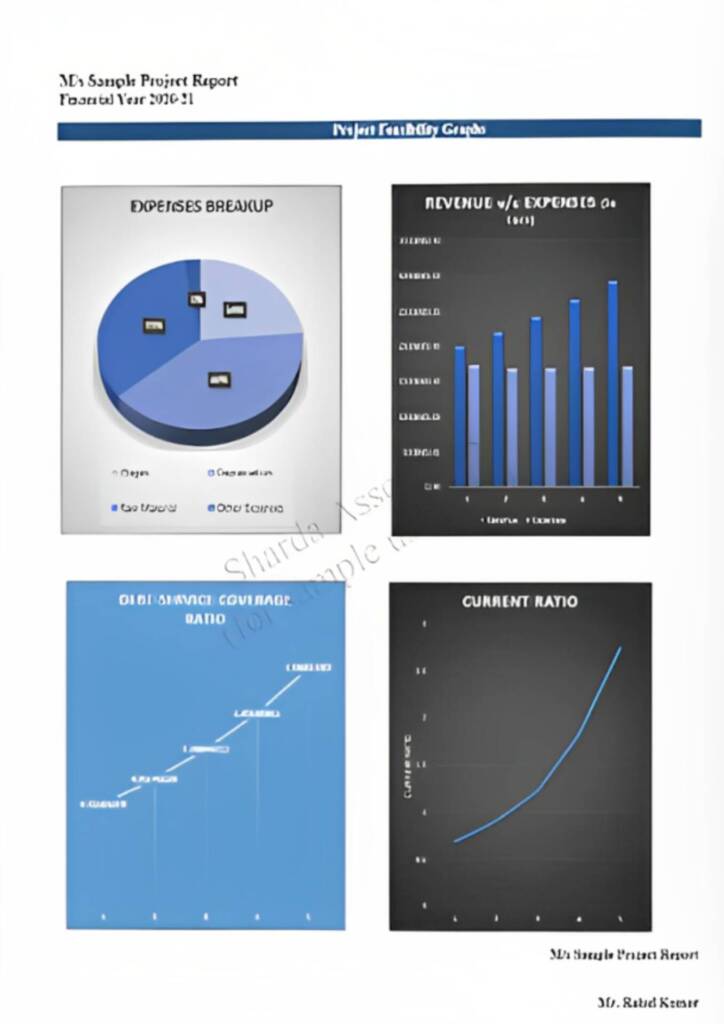
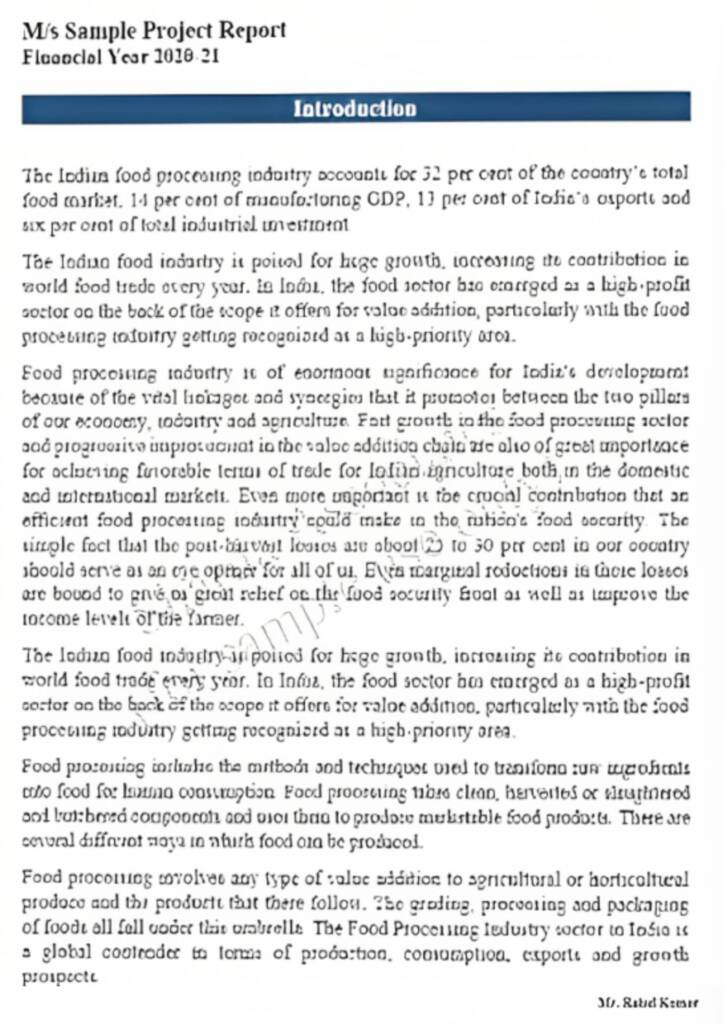
Market Potential Of Dal Mill
During the forecast period of 2023-2030, the Dal Mill Market is predicted to grow at a spectacular CAGR in terms of revenue. In 2019, the Indian pulses market reached a volume of 27.5 million tons. Pulses/Dal are mostly consumed in India, accounting for 90% of the total market. The market’s rise can be ascribed to the increasing demand for Mini Dal Mills for Commercial and Agriculture Applications on a global level. The study includes information on the attractive potential in the Mini Dal Mill Market at the country level. The research also contains a detailed cost, segmentation, trends, region, and commercial development of the world’s leading important players for the projected time.
The Dal Mill Market report represents information gathered about a market within one or more industries. The Mini Dal Mill Market report analyzes both quantitative and qualitative data, and the report’s projection period ranges from 2023 to 2030. The report considers a variety of factors, including product pricing, product or service penetration at both the national and regional levels, country GDP, market dynamics of the parent and child markets, end application industries, major players, consumer purchasing behavior, economic, political, and social scenarios of countries, and many others. The study is broken into parts to provide a comprehensive overview of the industry from all angles.
Contents of Project Report
A project report helps you identify whether a project is worth pursuing. It presents the holistic view and brings complete insight of the business and its activity.
It acts as a guide for all the business operations, aids in taking all financial decisions related to the existing businesses and to the start-ups. It serves as roadmap to the business and provides information to the outsider who are wanting to know more about the business.
You will have the opportunity to build new goals and expansion ideas in one single document. Everyone, from the banks to potential investors, will need to have a look at the project report before they shell out any money.
A well drafted project report generally consists details about:
- Brief History of the Business
- The Promoters
- SWOT Analysis
- Industry Outlook
- Past Financial Statements
- Projected Financial Statements
- Infrastructure and Human Resource required
- CMA data
- Business model
- Requirement of Working Capital Funds
- Means of Finance
Other relevant information, if any.
